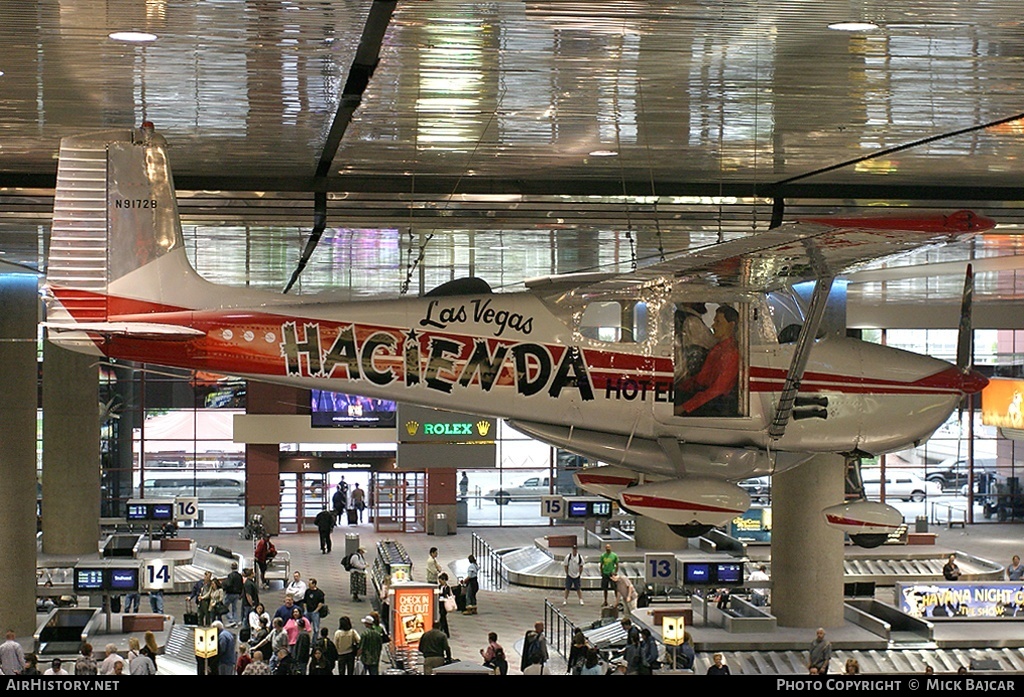This is an edited extract from Woke Capitalism: How Corporate Morality is Sabotaging Democracy by Carl Rhodes, published by Bristol University Press on 9 November

Sixty years after the detonation, it’s now finally possible to piece together a deeper understanding of the creation of the Tsar Bomba and its broader impacts.




